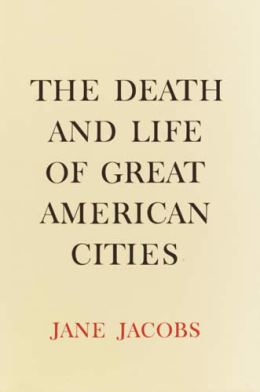
In the early to mid-20th century, city planning took a modernist turn, beginning with the Garden City movement and culminating in the powerful urban-planning designs of Robert Moses in New York City. They were top-down ways of developing a more efficient city, and Jacobs opposed these, directly attacking modern planning as stultifying while championing the bottom-up creative chaos of mixed-use urban neighborhoods (think New York City’s Greenwich Village). She argued that cities and neighborhoods need “four generators of diversity” to be successful: mixed-use areas (offices and schools, for example), small blocks, aged buildings and a sufficiently dense concentration of people. Thriving cities are the ones in use 24/7, and the more diverse an area becomes, Jacobs argued, the more it flourishes. While at times a bit stuffy, Jacobs’ book was one of the first to explore how modern cities work.
